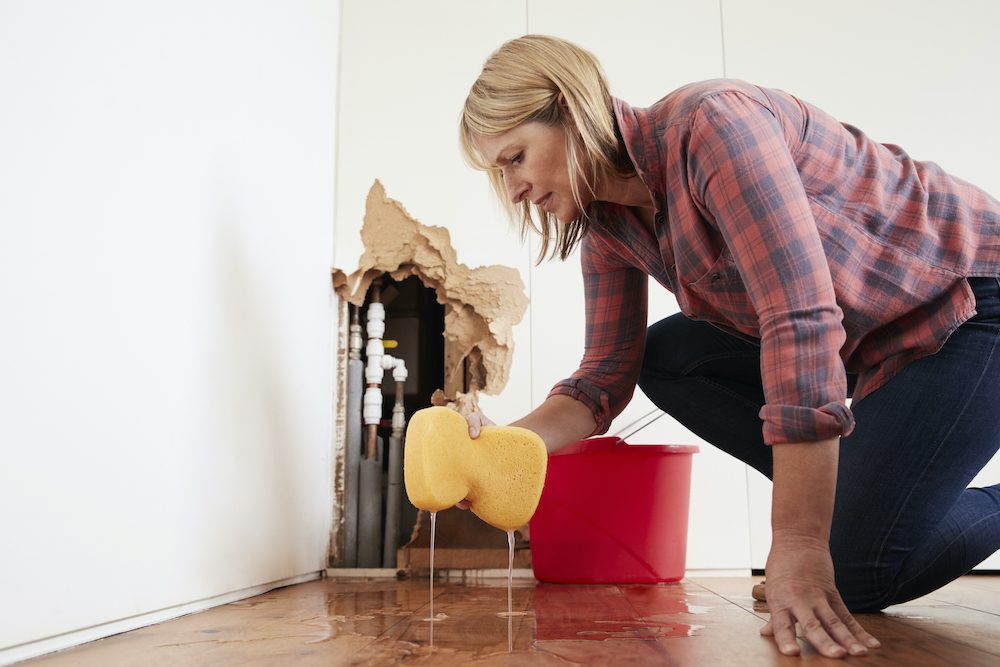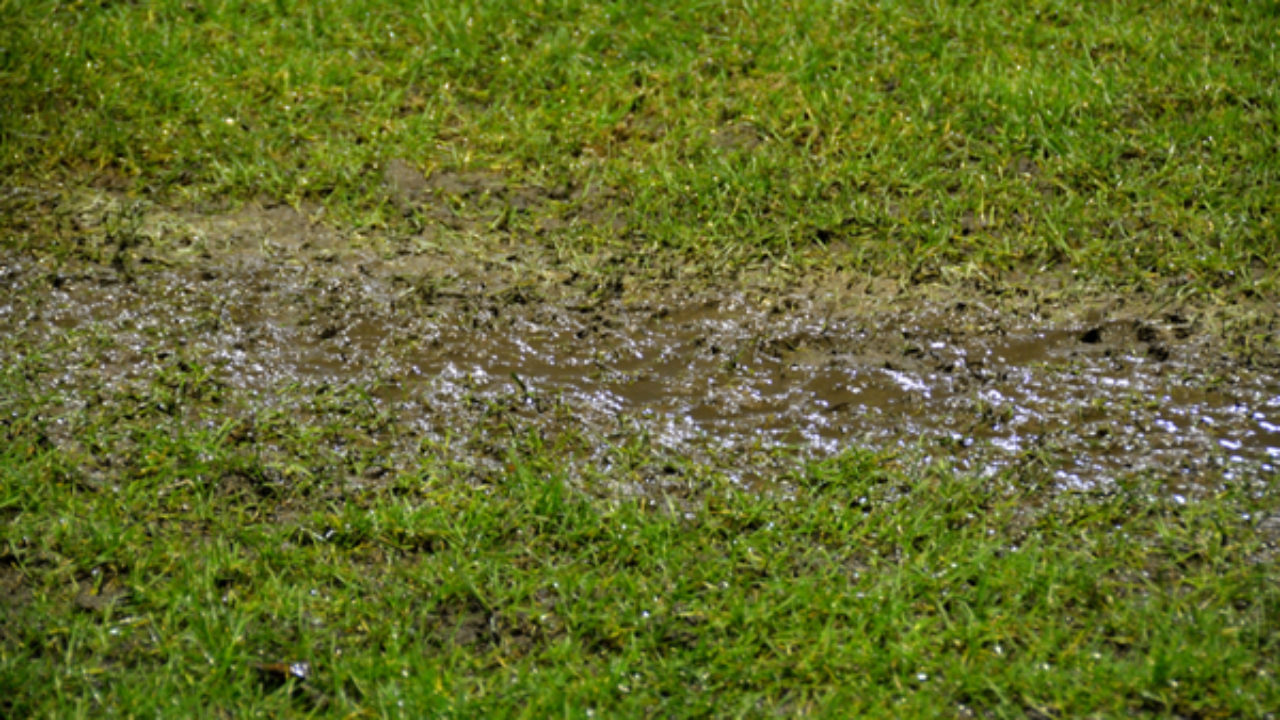Guide To Water Leakage Discovery In Your Home
Guide To Water Leakage Discovery In Your Home
Blog Article
What are your thoughts about Detecting hidden plumbing leaks?

Early detection of leaking water lines can minimize a possible catastrophe. Some tiny water leakages may not be noticeable.
1. Take A Look At the Water Meter
Every home has a water meter. Checking it is a guaranteed way that assists you uncover leaks. For starters, shut off all the water resources. Ensure no one will purge, make use of the tap, shower, run the cleaning device or dishwashing machine. From there, most likely to the meter and watch if it will alter. Considering that no person is utilizing it, there ought to be no motions. If it relocates, that suggests a fast-moving leak. Likewise, if you discover no changes, wait an hour or more as well as inspect back once again. This indicates you might have a sluggish leak that can also be below ground.
2. Check Water Intake
If you identify abrupt adjustments, regardless of your intake being the same, it indicates that you have leakages in your plumbing system. An abrupt spike in your expense suggests a fast-moving leak.
On the other hand, a constant rise each month, despite the same behaviors, reveals you have a sluggish leakage that's additionally gradually rising. Call a plumber to extensively check your home, especially if you really feel a warm area on your flooring with piping underneath.
3. Do a Food Coloring Test
When it comes to water consumption, 30% comes from commodes. If the shade somehow infiltrates your dish during that time without flushing, there's a leakage between the tank and also bowl.
4. Asses Exterior Lines
Do not forget to check your outdoor water lines also. Needs to water permeate out of the link, you have a loose rubber gasket. One small leak can lose loads of water and surge your water bill.
5. Evaluate the scenario and inspect
Home owners need to make it a behavior to inspect under the sink counters and also inside cupboards for any bad odor or mold growth. These 2 red flags show a leakage so prompt focus is called for. Doing regular inspections, also bi-annually, can conserve you from a major trouble.
Much more notably, if you understand your home is already old, maintain a watchful eye on your heating systems, hoses, pipelines etc. Check for stainings and deteriorating as the majority of pipes as well as home appliances have a life expectancy. They will likewise normally degrade because of deterioration. If you suspect dripping water lines in your plumbing system, don't wait on it to intensify. Call a professional plumber immediately so you don't wind up with an awful mess in your house.
Early discovery of leaking water lines can reduce a possible disaster. Some tiny water leakages might not be visible. Examining it is a proven means that assists you find leaks. One small leak can squander heaps of water as well as surge your water expense.
If you think leaking water lines in your plumbing system, do not wait for it to rise.
WARNING SIGNS OF WATER LEAKAGE BEHIND THE WALL
PERSISTENT MUSTY ODORS
As water slowly drips from a leaky pipe inside the wall, flooring and sheetrock stay damp and develop an odor similar to wet cardboard. It generates a musty smell that can help you find hidden leaks.
MOLD IN UNUSUAL AREAS
Mold usually grows in wet areas like kitchens, baths and laundry rooms. If you spot the stuff on walls or baseboards in other rooms of the house, it’s a good indicator of undetected water leaks.
STAINS THAT GROW
When mold thrives around a leaky pipe, it sometimes takes hold on the inside surface of the affected wall. A growing stain on otherwise clean sheetrock is often your sign of a hidden plumbing problem.
PEELING OR BUBBLING WALLPAPER / PAINT
This clue is easy to miss in rooms that don’t get much use. When you see wallpaper separating along seams or paint bubbling or flaking off the wall, blame sheetrock that stays wet because of an undetected leak.
BUCKLED CEILINGS AND STAINED FLOORS
If ceilings or floors in bathrooms, kitchens or laundry areas develop structural problems, don’t rule out constant damp inside the walls. Wet sheetrock can affect adjacent framing, flooring and ceilings.
https://www.servicemasterbyzaba.com/blog/how-to-detect-water-leakage-in-walls/

As a passionate reader on Detecting hidden plumbing leaks, I thought sharing that excerpt was beneficial. For those who enjoyed our article please do not forget to share it. Thank you for your time. Visit again soon.
Report this page